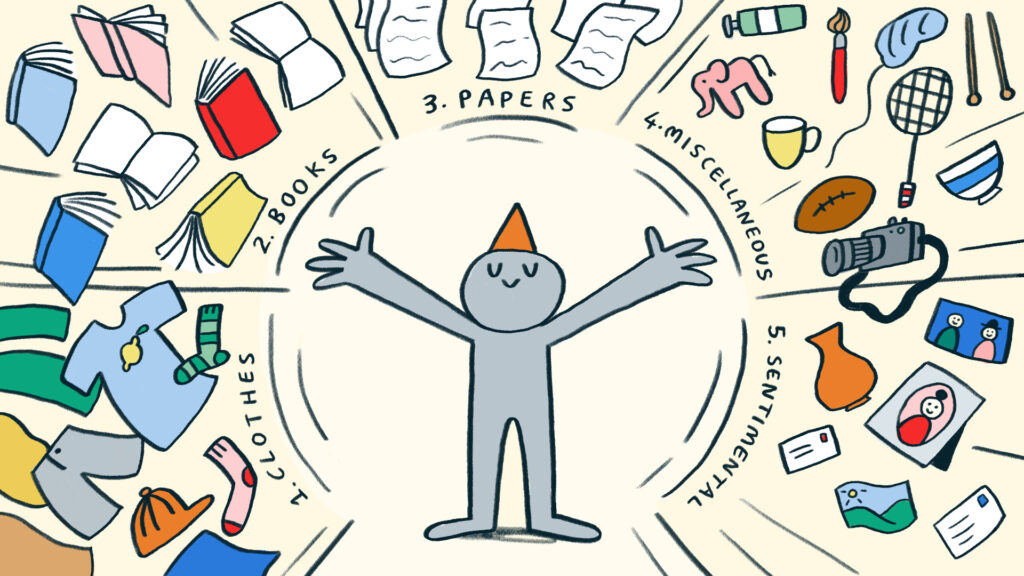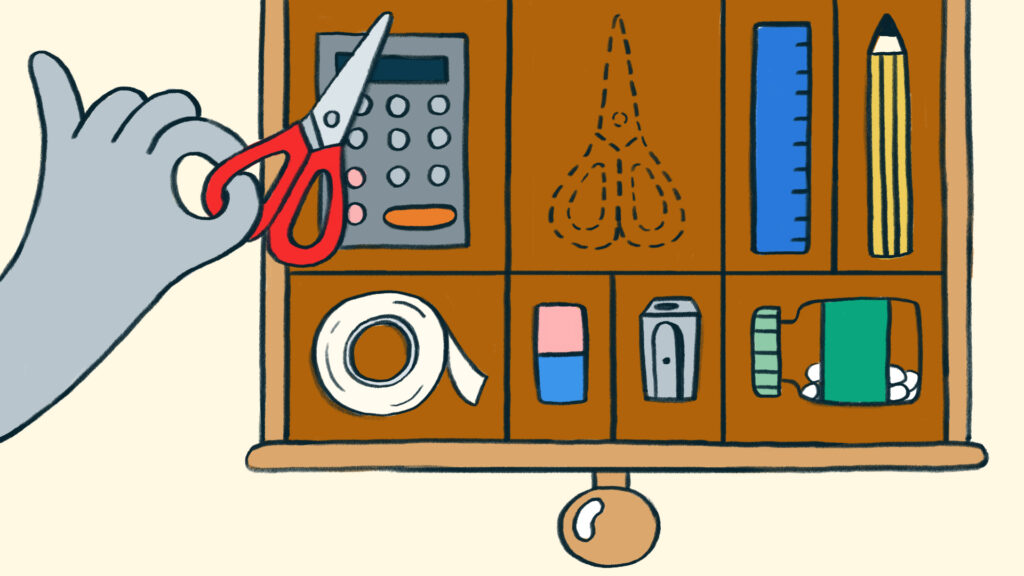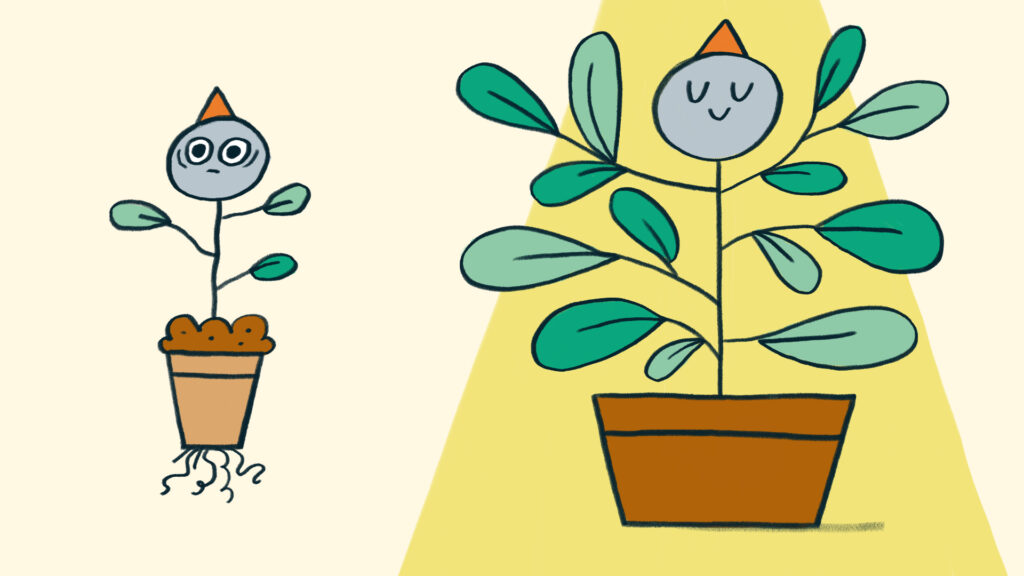
Recently, I tried minimalism. It’s awesome. Here’s a step-by-step guide on how to become a minimalist (easily).
I’m going to talk about specific actions you can take; of course, you should learn the theory and ideas behind minimalism. I recommend checking out the fantastic authors Marie Kondo and Fumio Sasaki.
1. Remove Everything
This is the longest and most challenging part. For every item you see, ask yourself, “Does this item bring me joy,” and “if I lost this item, would I buy another one?” If the answer is no, definitely throw it out.
a. Clothes
We will take the most time on this section because it will form the basis of everything else we do.
Step 1 is to collect every piece of clothing across your entire house and put them in a pile in one room.
Step 2 go through every single individual item and decide to keep, donate, or discard it. The main thing guiding this decision is if it sparks joy. Of course, you need to keep certain items for work or health (like uniforms or medicine), but beyond that, most things can go.
Most things can be thrown away; you won’t regret it later, I promise.
In regards to seasonal clothing, you should have enough clothes to be able to keep them around at all times.
b. Books
Again, stack up every book in a room and go through them individually. Have you already read it? Does it spark joy? Will you ever reread it?
Have you not read it yet, will you likely ever read it?
I am going against the grain here as Marie Kondo would recommend throwing away a book you haven’t read yet and are likely not to read. I like the way books look on shelves and for friends or family to take, so keep them there; however, I do like the idea of going through and finding the essential books.
Which books have changed your life? Which books have made an impact? Maybe those should be on display to remind you of their contents.
Another popular option is to digitize your entire book library; of course, this will cost money, but you will be left with a small Kindle instead of 1,000 pounds of books.
c. Papers
Frankly, we all have old notebooks and study books lying around. Sell, donate, or discard pretty much all of it. Keep your diaries and journals, however.
If there are legal documents or delicate information, shred them.
Manuals you can discard; if you ever need them again, you can easily find every single manual on the internet.
In regards to greeting cards, again, throw them away. I like to store the memorable ones on the application from Day One.
d. Misc
This is one of the sneakiest yet most effective places to eliminate items. Do you need 900 plates? What about having two if you live alone, one for you and one for a guest? Or five if you have a family of five.
Why accumulate things in the dishwasher? What’s the point? Why not just wash it when you are done and use it again later? So, if you live alone, you might only need the following:
- Two Plates
- Two sets of cutlery
- Two glasses
- Two Mugs
- Two Bowls
Imagine how much space you would save. And you are eliminating the decision-making of what plates or bowls to use.
Other great places to eliminate things:
- Various cookware, how many pots and pans do you need?
- How many spatulas do you need?
- Spices
- Electrical appliances
- Pens and Papers
- Spare change
- Alcohol
- Non-perishable food items
- Soap! Ever heard of everything soap? Use it for everything (body, dishes, countertops, hair)
e. Various Rooms
When you have gone through the major categories, you can take a deeper look at each room.
Do you want to go super minimalist and get rid of the couch? TV? Chairs? Maybe you just need a table on the floor and some pillows.
Or maybe you don’t need five chairs; you need just two. Do you need all of those pillows and blankets on the couch?
g. Sentimental Items
Finally, the various knick-knacks we accumulate through life we like to keep, but does it spark joy? This is the hardest part to eliminate but can also make the most significant impact. Because when you stop some of these items, you increase the focus on the things that bring you joy.
2. Organize

Everything should have a place, everything should have a purpose; we are asking a bigger question here, what’s important to us?
a. Clothes
Again, we will spend the longest here as it will serve as the baseline for everything else.
The first important aspect is storing vertically, not stacking vertically. (Picture below).
This allows you to see everything at first glance, which means you can pull out things as you need them instead of messing up the entire stack when pulling out a sweater.
Also, we want to have some method for storing our clothes. This could be lighter items to heavier items and within that color of things.
Finally, each category should be organized in one place. So all the clothes should be in one closet or one cabinet. If you don’t have enough room, you haven’t eliminated enough.
The above methods will be across the board; now, let’s move on to specific tips for clothing.
Learn how to fold correctly here: https://www.youtube.com/watch?v=IjkmqbJTLBM
Only hang things that won’t fold nicely, such as suits, dresses, coats, and jackets, organizing left to right, heavier to lighter.
For socks, don’t ball them up as many people do; instead, fold them, they will take up less space, and you won’t mess up the elastic.
b. Books
I like to categorize my books into a 2×2 square based on books that have been read and fiction or non-fiction. That’s it. This way, I always have a set of books I could read.
I have my favorite 5 or 6 books on constant display somewhere to remind me of their general themes or topics.
c. Papers
Everything can be digitized. I store greeting cards I am fond of in a digital notebook by taking a picture and then simply dragging and dropping them.
d. Misc
Vertical storage is still necessary here. Keep your hold as simple as possible; everything should be visible when you open the cabinet door or the fridge.
Marie Kondo doesn’t keep anything in her shower. She takes them out of the storage space to use, then puts them back when she is done.
This also applies to her kitchen equipment; she takes her sponge and soap out to use them but then puts them back.
She takes out oils and condiments when she uses them to cook and then puts them back.
This is a fantastic tactic because, 90% of the time, we aren’t using those items, so why not free up the space? When there is more space, we can think and act more clearly.
f. Sentimental Items
Now that you have isolated the few items that elicit the most joy, you can create a “treasure trove,” maybe it’s a shelf or area on your bookcase that you have specially set for these items. You can keep them there but make sure not to overload this.
3. Apply Minimalism to your Life

a. Purchasing
One essential facet of minimalism is focusing on quality, not quantity. It’s better to spend $200 on one item than $200 on two things.
Even better, it is not to buy anything at all. Andrew Hyde traveled across the globe for a year with only 15 items. Experiences are more critical than items.
After you have eliminated and organized your space, buying one or two new things may be tempting because you have cleared up all this space. Hold off. Be happy with what you have. Buying more things lessens the impact of everything we just did.
b. Everything Else
Briefly, a great way to start applying minimalism outside of things is by simplifying other things in life. Your work, getting dressed, your morning and nighttime routine, your food. The more stuff you eliminate and streamline, the more space you have to focus on what matters (the whole point of minimalism).
c. Mindfulness
It’s not all about the stuff. Remember, the goal of minimalism is to focus our lives on the things that matter. The things that make us happier and healthier. We want to create more time and energy to focus on the things that matter.
You can live with only one item but if your mental space is in chaos, practicing minimalism is worthless.
That’s it; thanks for reading! Get your trash bags ready…
